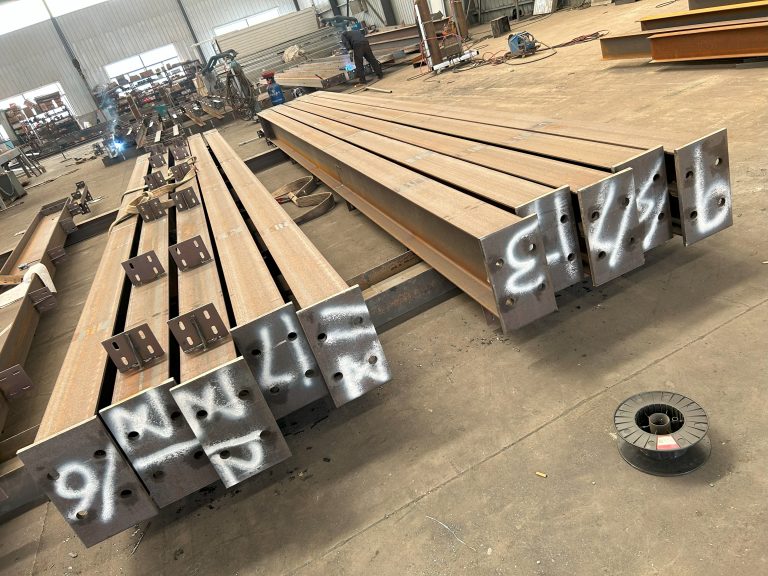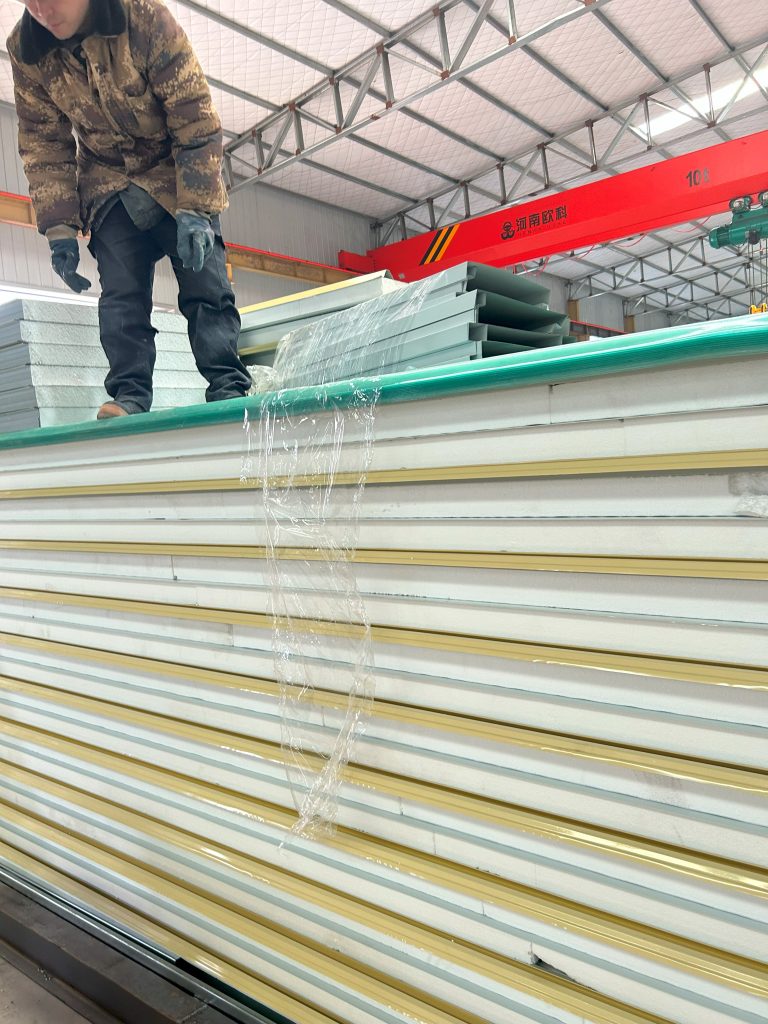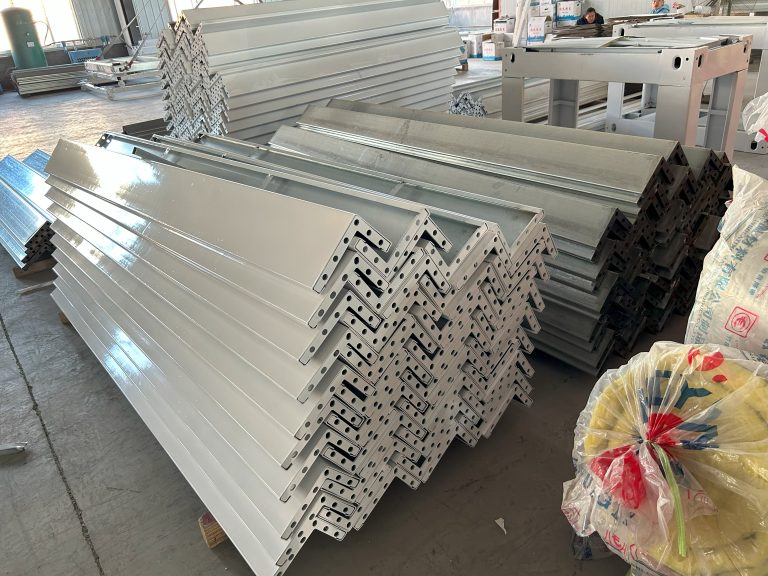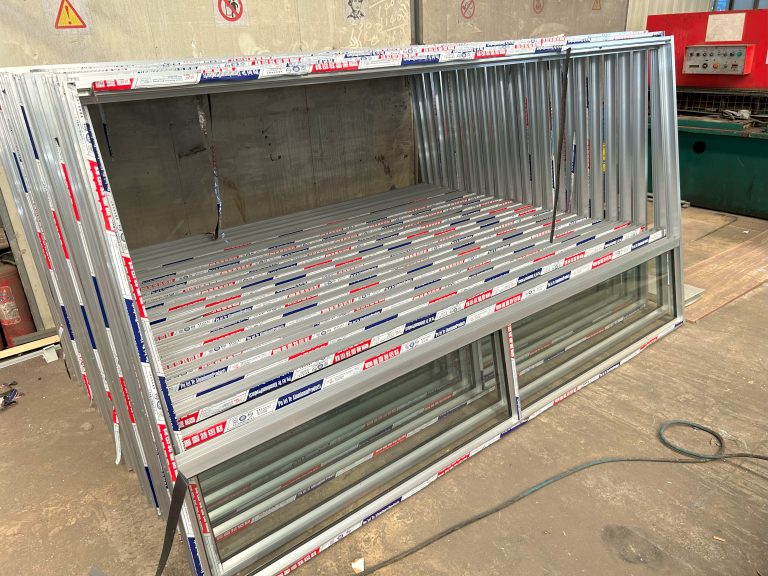Technological innovation of steel structure in the construction of intelligent industrial park
Table of Contents
Benefits of Using Steel Structures in Intelligent Industrial Parks
Steel structures have long been a popular choice in the construction industry due to their durability, strength, and versatility. In recent years, technological advancements have further enhanced the use of steel structures in the development of intelligent industrial parks. These parks are designed to incorporate cutting-edge technology and automation to improve efficiency, productivity, and sustainability. By utilizing steel structures in the construction of these parks, developers can take advantage of a wide range of benefits that contribute to the success of the project.
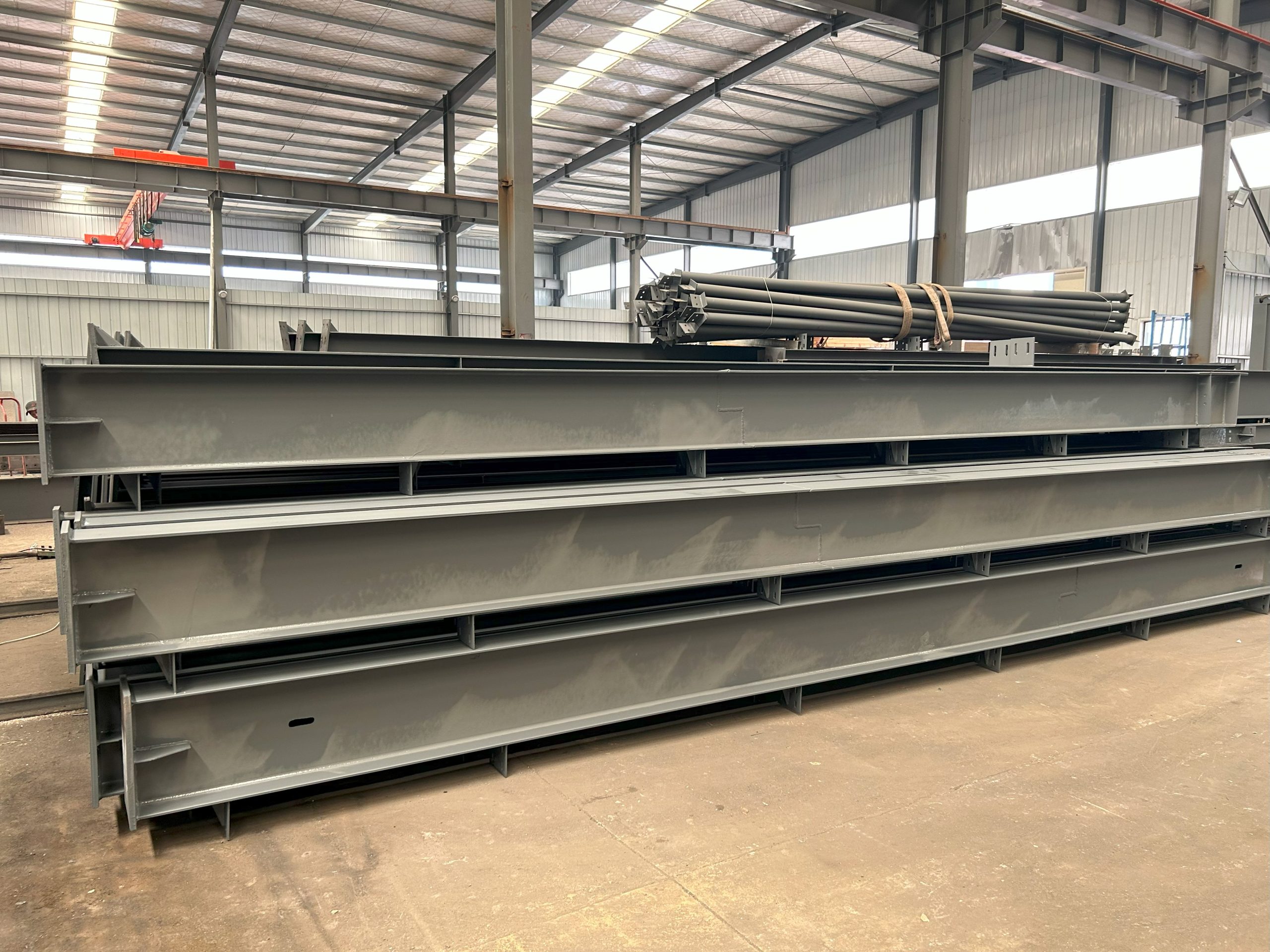
One of the key benefits of using steel structures in intelligent industrial parks is their flexibility and adaptability. Steel is a highly versatile material that can be easily customized to meet the specific needs of a project. This allows developers to create innovative and unique designs that maximize space utilization and optimize workflow. Steel structures can also be easily modified or expanded as needed, making them ideal for future growth and development.
In addition to their flexibility, steel structures offer superior strength and durability. Steel is one of the strongest building materials available, providing excellent structural integrity and resistance to environmental factors such as wind, rain, and seismic activity. This strength and durability ensure that steel structures in intelligent industrial parks can withstand the rigors of daily operations and maintain their structural integrity over time.
Another benefit of using steel structures in intelligent industrial parks is their cost-effectiveness. Steel is a cost-efficient material that offers a high strength-to-weight ratio, reducing the amount of material needed for construction. This not only lowers construction costs but also reduces the overall weight of the structure, resulting in lower transportation and foundation costs. Additionally, steel structures are quick and easy to assemble, saving time and labor costs during the construction process.
Furthermore, steel structures are environmentally friendly and sustainable. Steel is a recyclable material that can be reused and repurposed, reducing waste and minimizing the environmental impact of construction projects. Additionally, steel structures can be designed to incorporate energy-efficient features such as solar panels, green roofs, and natural ventilation systems, further reducing energy consumption and carbon emissions.
The use of steel structures in intelligent industrial parks also enhances safety and security. Steel is a non-combustible material that offers superior fire resistance compared to other building materials. This reduces the risk of fire damage and enhances the safety of occupants and assets within the park. Steel structures can also be designed to incorporate advanced security features such as access control systems, surveillance cameras, and perimeter fencing, ensuring the protection of valuable resources and data.
In conclusion, the technological innovation of steel structures in the construction of intelligent industrial parks offers a wide range of benefits that contribute to the success and sustainability of these projects. From flexibility and adaptability to strength and durability, steel structures provide a cost-effective and environmentally friendly solution for developers looking to create cutting-edge industrial facilities. By incorporating steel structures into their designs, developers can take advantage of the numerous benefits that steel has to offer, ensuring the long-term success and viability of their projects.
Future Trends in Technological Innovation for Steel Structures in Industrial Park Construction
Steel structures have long been a staple in the construction industry due to their durability, strength, and versatility. In recent years, technological advancements have revolutionized the way steel structures are designed and constructed, particularly in the development of intelligent industrial parks. These parks are characterized by their integration of cutting-edge technology and automation, making them more efficient, sustainable, and cost-effective than traditional industrial complexes.
One of the key technological innovations in steel structure construction for intelligent industrial parks is the use of Building Information Modeling (BIM). BIM is a digital representation of a building’s physical and functional characteristics, which allows for the visualization, simulation, and analysis of a project before it is built. By using BIM, architects and engineers can optimize the design of steel structures, reducing material waste and construction time while improving overall efficiency and accuracy.
Another important technological advancement in steel structure construction is the use of advanced fabrication techniques, such as 3D printing and robotic welding. 3D printing allows for the rapid prototyping of complex steel components, reducing lead times and costs associated with traditional manufacturing methods. Robotic welding, on the other hand, ensures precise and consistent welds, improving the structural integrity and longevity of steel structures in industrial parks.
Furthermore, the integration of smart sensors and IoT (Internet of Things) technology in steel structures has transformed the way industrial parks are managed and maintained. These sensors can monitor the structural health of buildings in real-time, detecting any signs of wear or damage before they become critical issues. IoT technology allows for the remote monitoring and control of building systems, optimizing energy usage and reducing operational costs.
In addition to these technological advancements, the use of sustainable materials and construction practices in steel structure construction is becoming increasingly important in the development of intelligent industrial parks. Green building certifications, such as LEED (Leadership in Energy and Environmental Design), are driving the adoption of eco-friendly materials and energy-efficient design strategies in steel structures. By incorporating sustainable practices into the construction of industrial parks, developers can reduce their environmental impact and operating costs while attracting environmentally conscious tenants.
As the demand for intelligent industrial parks continues to grow, so too will the need for innovative technological solutions in steel structure construction. The integration of artificial intelligence, machine learning, and automation in the design and fabrication of steel structures will further enhance the efficiency and sustainability of industrial parks. These technologies will enable developers to create smarter, more resilient buildings that can adapt to changing market conditions and technological advancements.
In conclusion, the technological innovation of steel structures in the construction of intelligent industrial parks is shaping the future of the construction industry. By leveraging advanced technologies such as BIM, 3D printing, smart sensors, and sustainable practices, developers can create more efficient, sustainable, and cost-effective industrial parks that meet the needs of today’s businesses and communities. As the industry continues to evolve, it is essential for developers and construction professionals to stay abreast of the latest technological trends and innovations in steel structure construction to remain competitive in the market.

